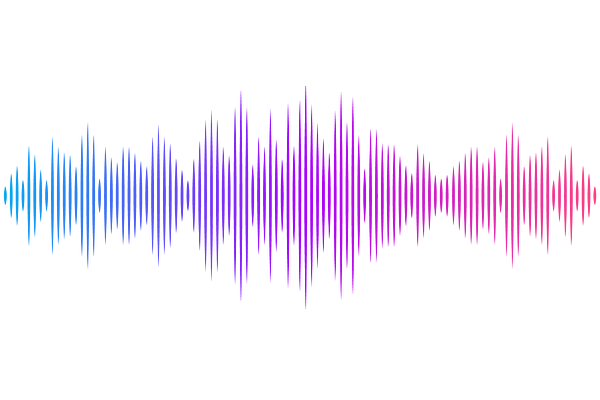Auditory Gamma-Frequency Entrainment Abolishes Working Memory Deficits in a Rodent Model of Autism

Auditory Gamma-Frequency Entrainment Abolishes Working Memory Deficits in a Rodent Model of Autism
Cardoso, J.; Luis, M.; Mesquita, C.; Lopes, L. V.; Remondes, M.
AbstractIndividuals on the autism spectrum often exhibit atypical responses to sensory stimuli and difficulties with behavioral regulation, reflecting altered functional patterns in core sensory-motor circuits. These sensory processing differences suggest the potential for using patterned auditory stimulation to modulate neural activity and mitigate symptoms. While impairments in higher cognitive functions are a hallmark of autism, they remain underexplored in rodent models compared to basic sensory-motor deficits. In this study, we investigated higher cognitive function in the valproic acid (VPA) rodent model of autism and evaluated whether auditory entrainment could ameliorate associated impairments. Pregnant dams received an intraperitoneal injection of VPA on embryonic day 12.5 (E12.5), and offspring were subsequently tested on a delayed non-match to place (DNMP) task to assess working memory . Following 40Hz sensory entrainment, VPA-exposed animals showed significantly impaired performance and altered trial-by-trial learning dynamics, indicating deficits in working memory-based decision making. More importantly, auditory stimulation led to increased gamma-frequency oscillations and enhanced power in other bands (theta, beta) across brain regions, as assessed by LFP recordings in freely moving animals. These neural effects were sustained even after stimulation ended, indicating robust and lasting modulation of brain dynamics. This provides strong evidence for the therapeutic potential of sensory entrainment in reversing autism-related cognitive deficits